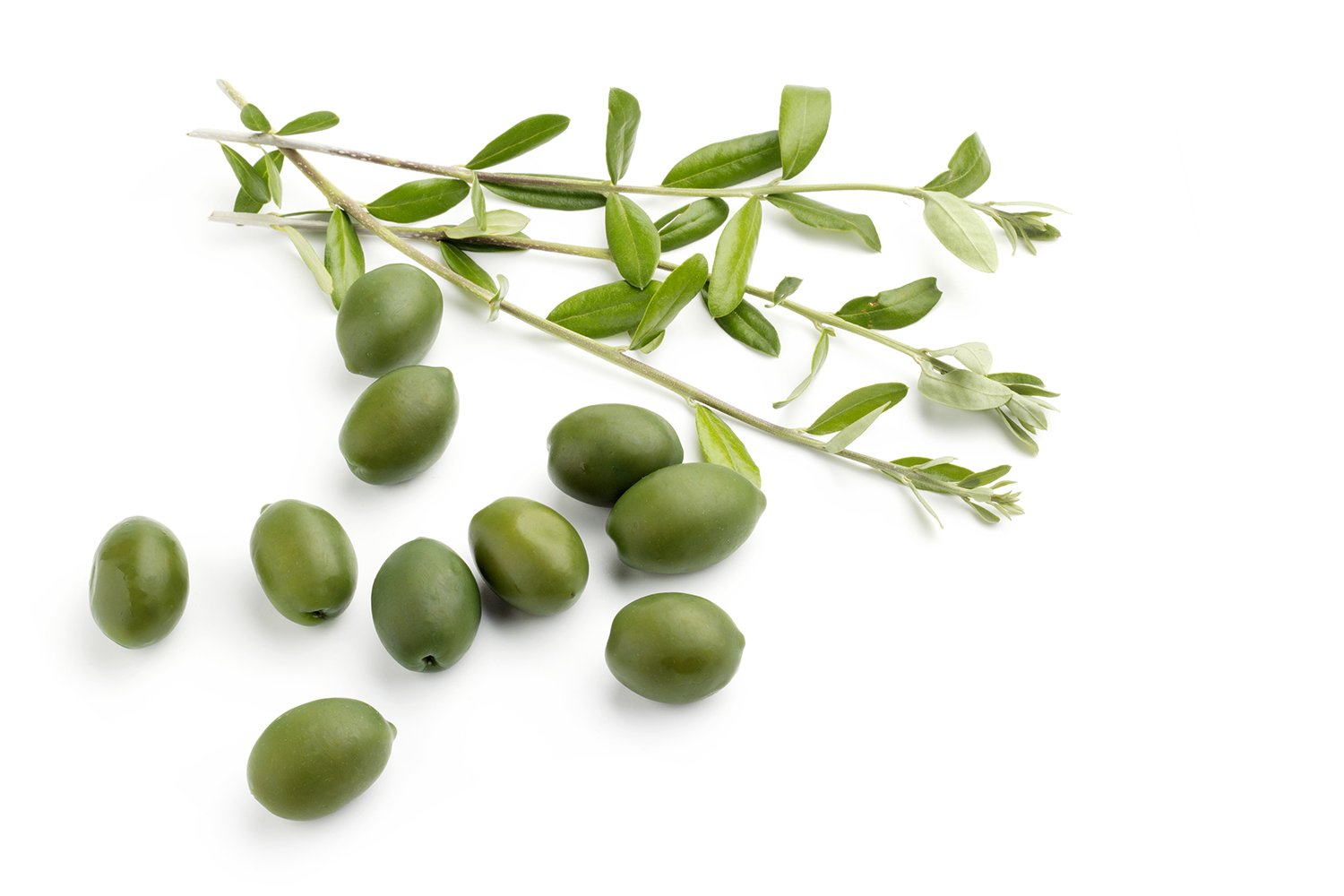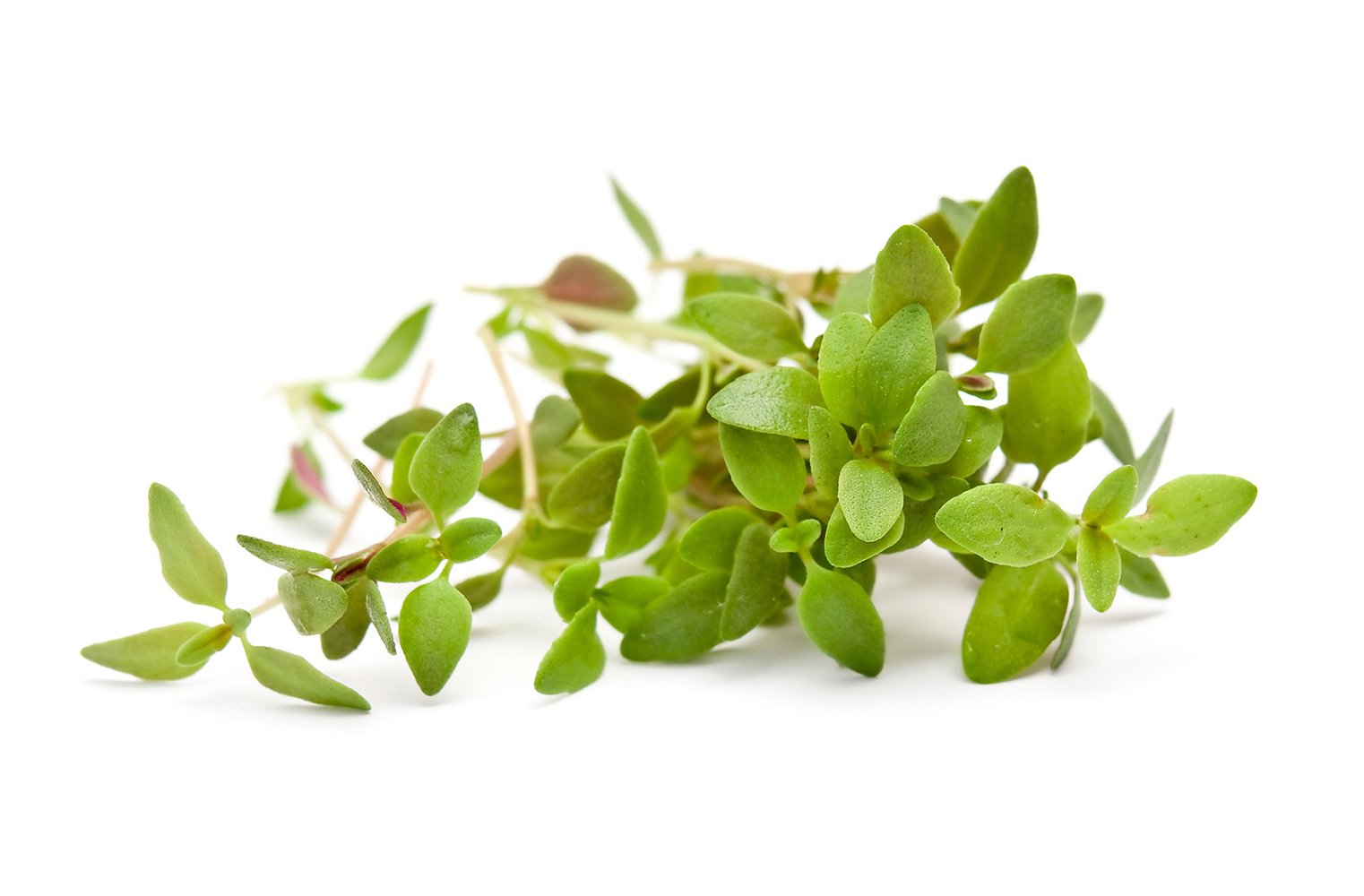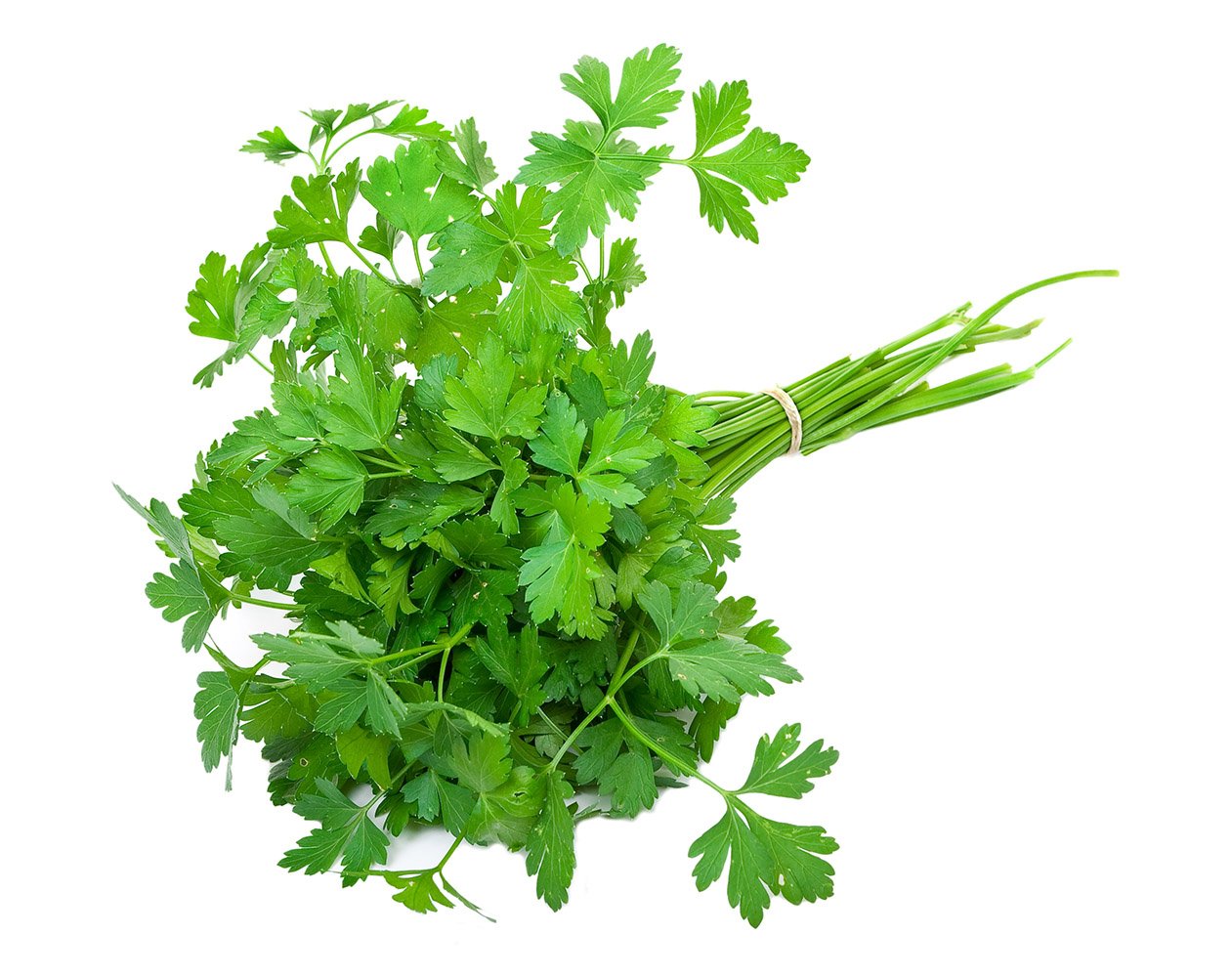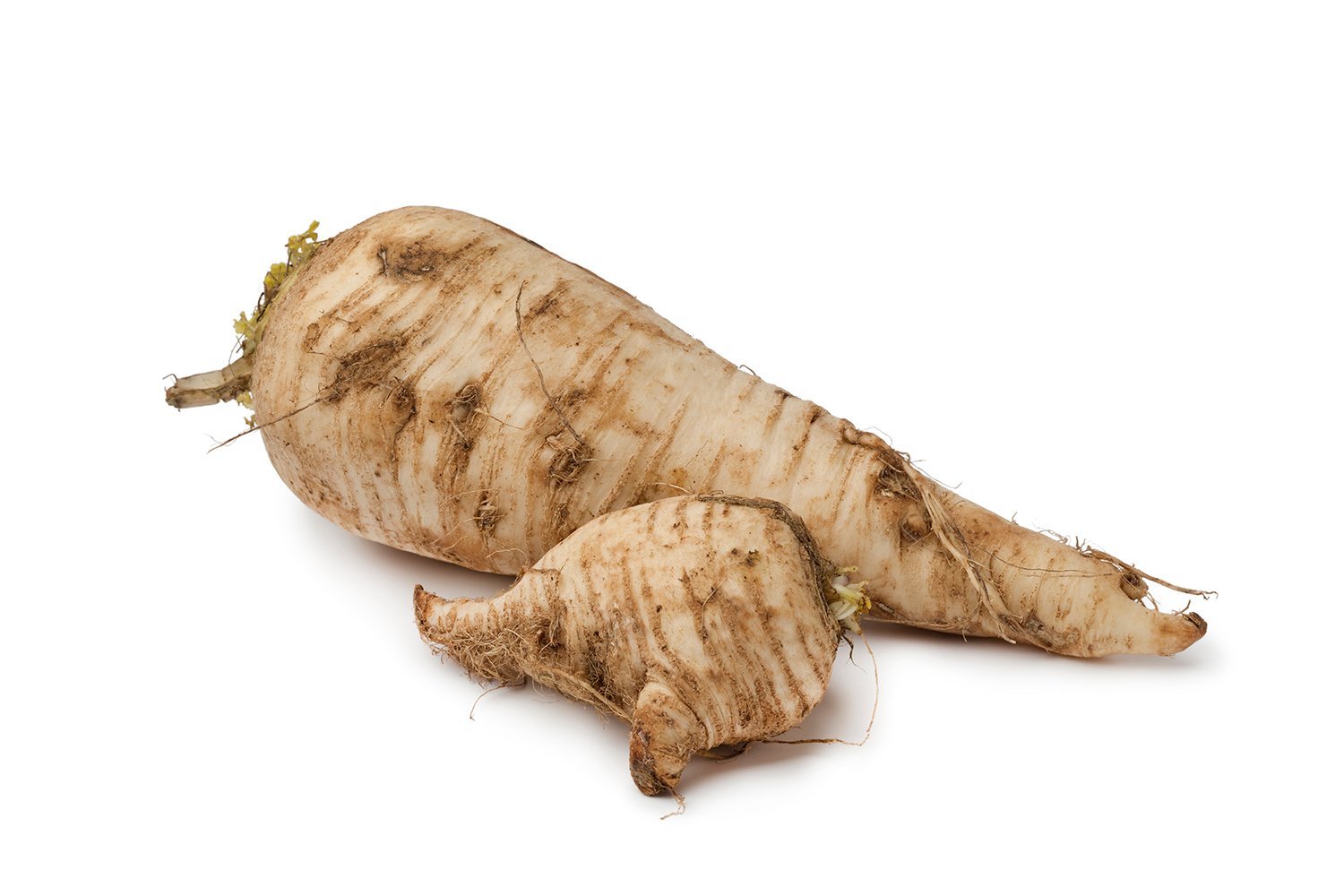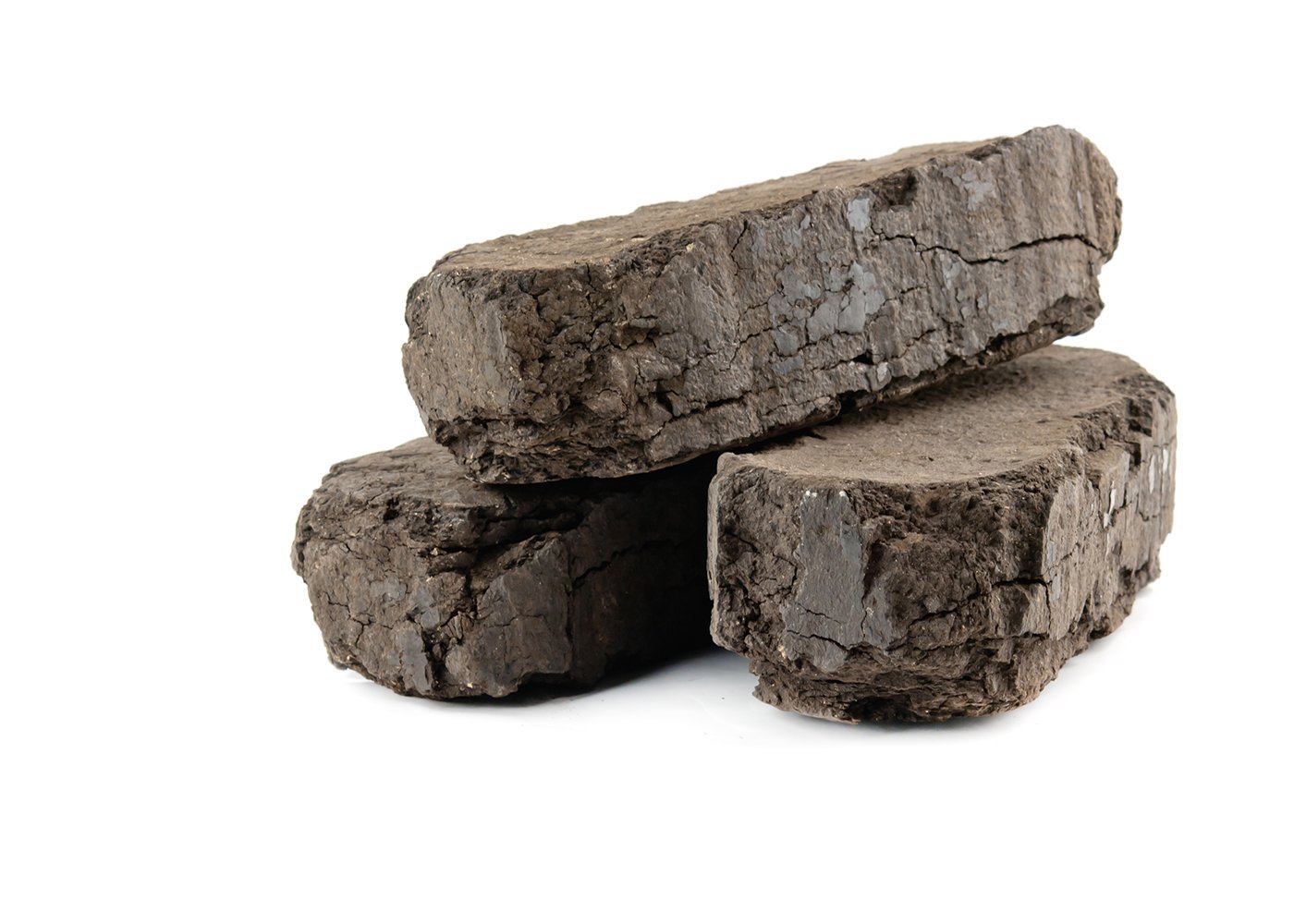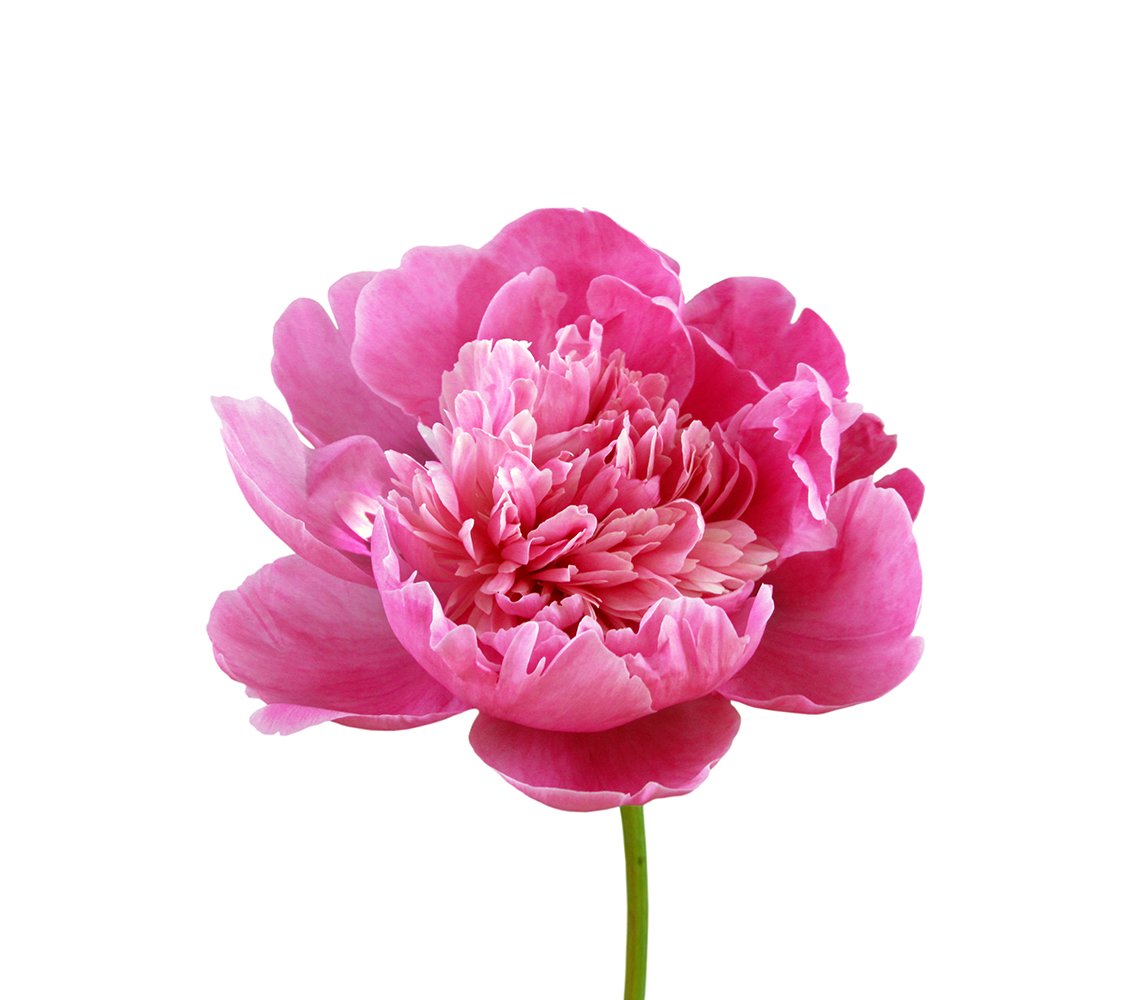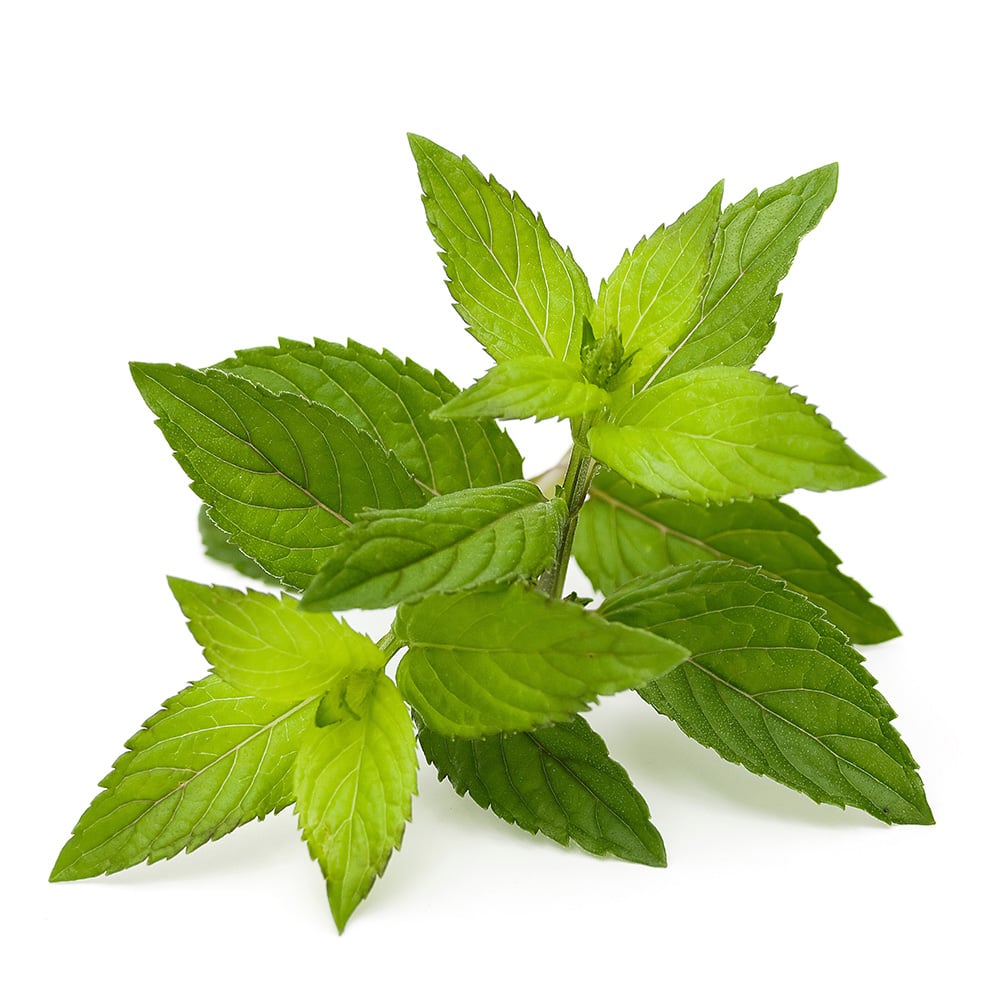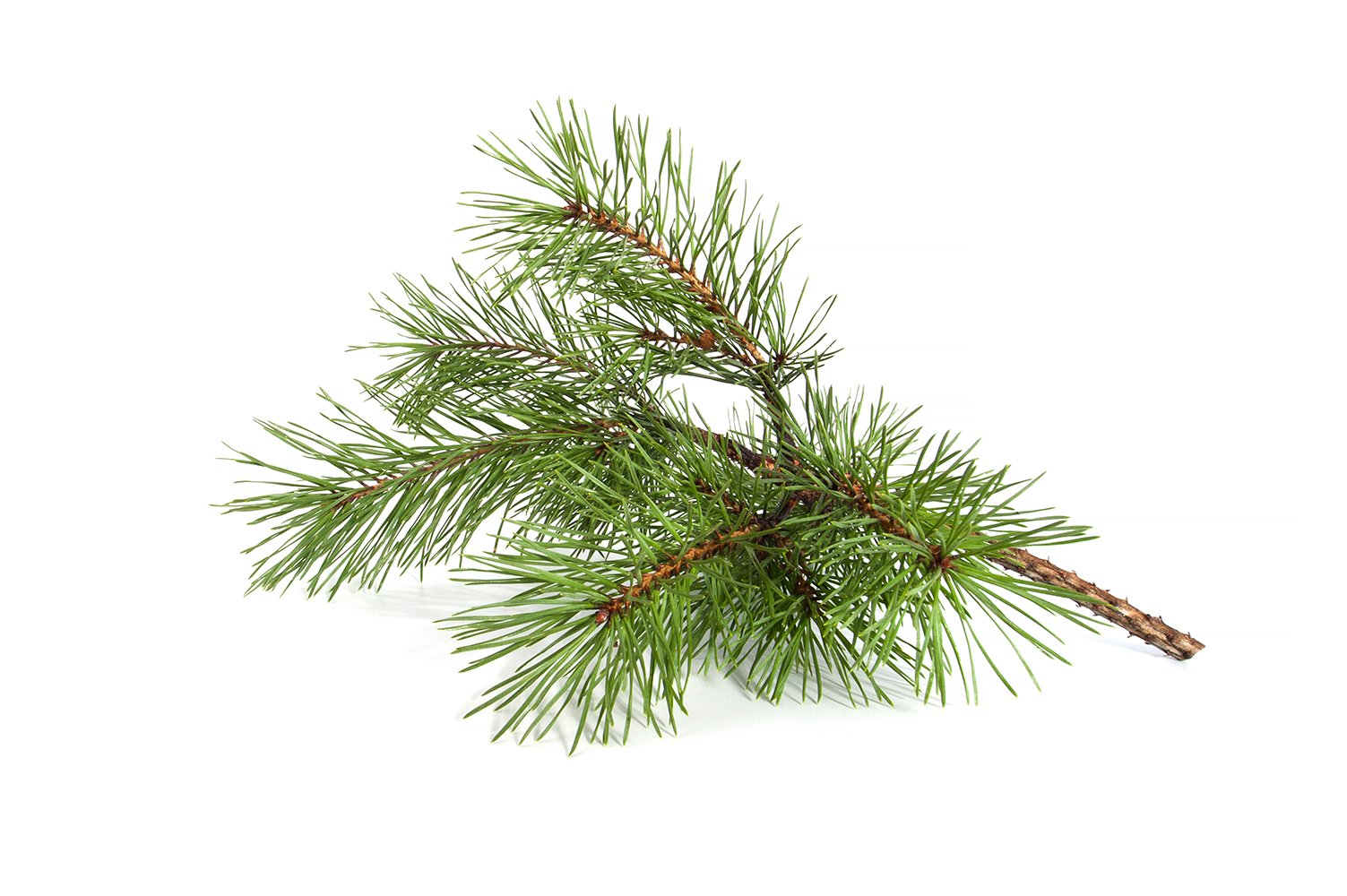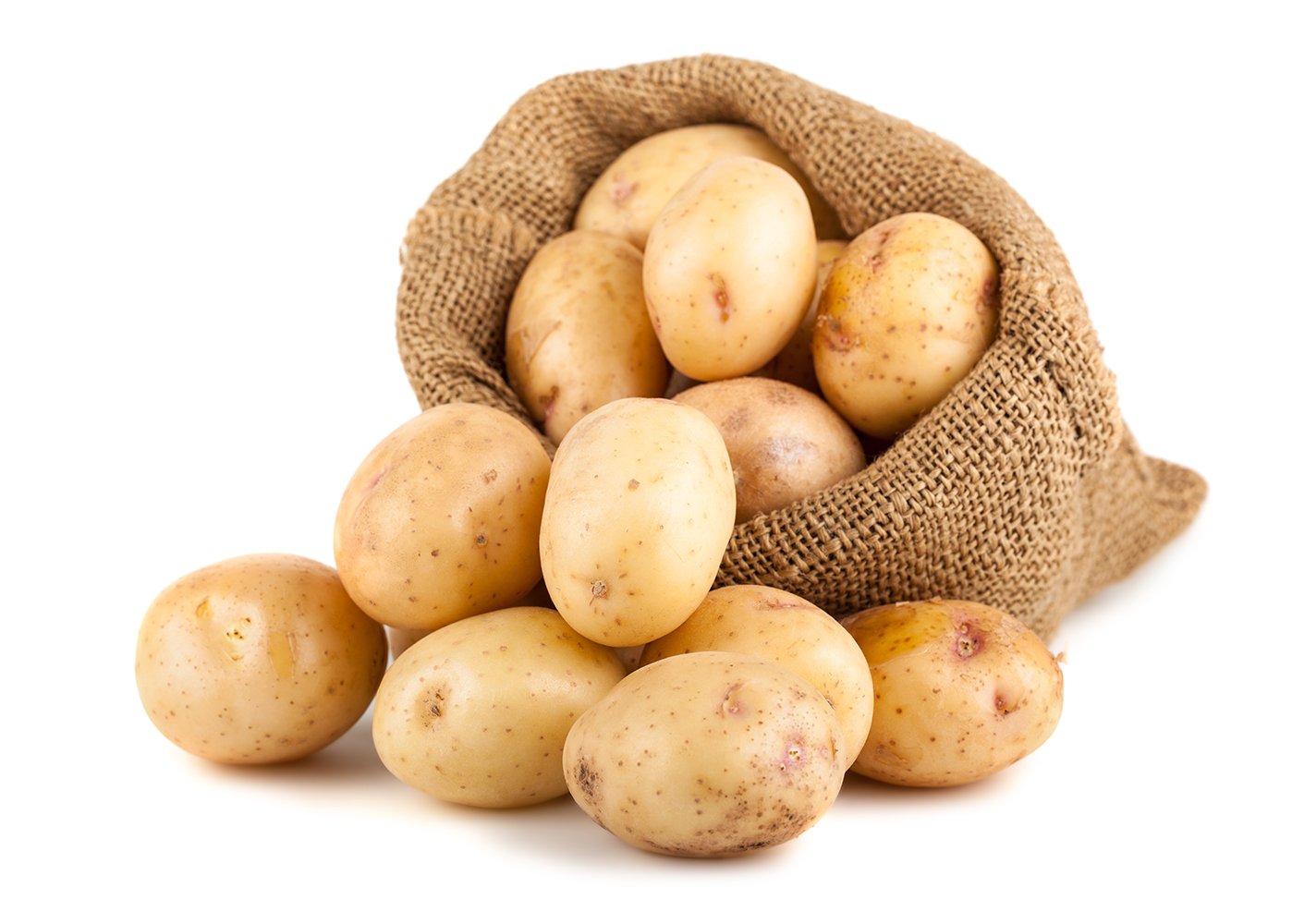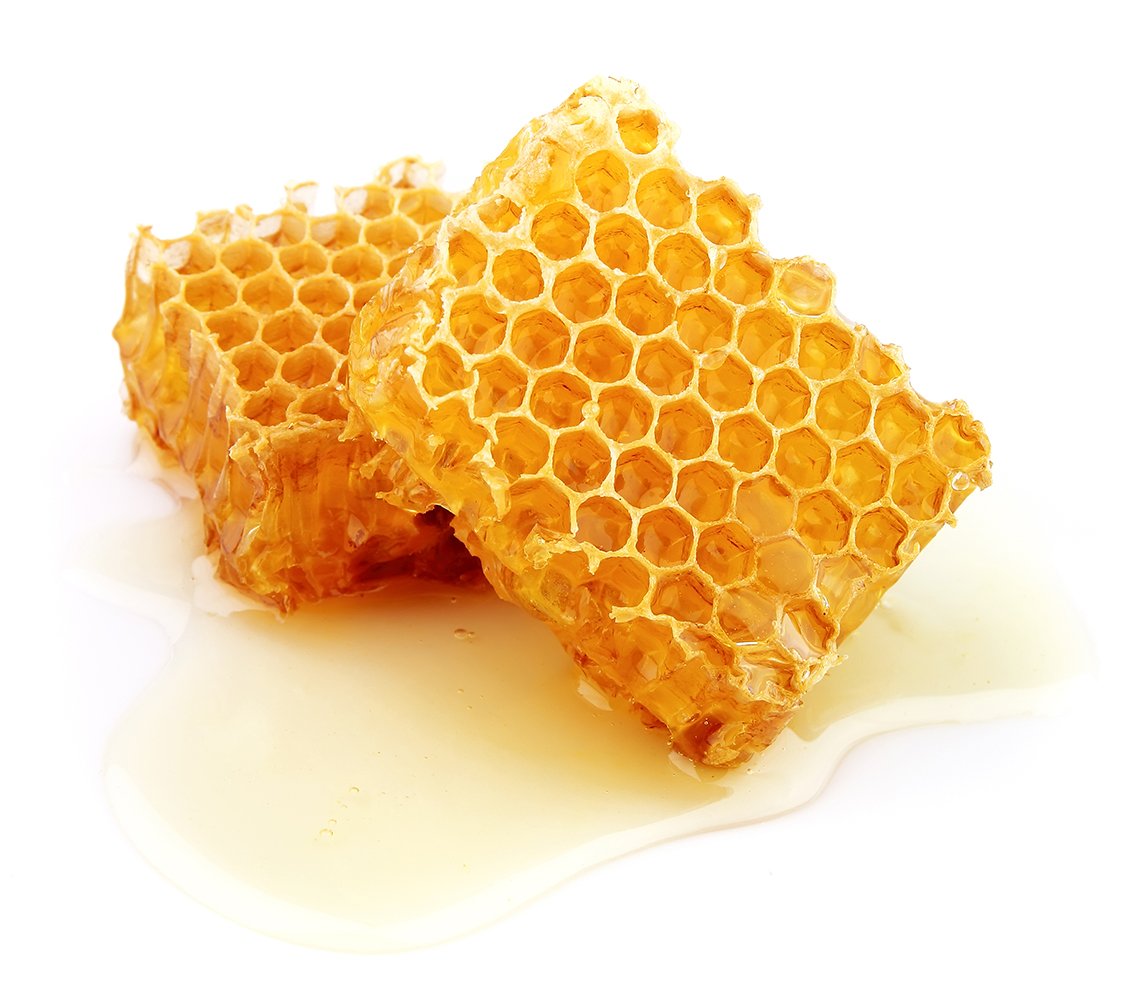- A
- B
- C
- D
- E
- F
- G
- H
- I
- J
- K
- L
- M
- N
- O
- P
- Q
- R
- S
- T
- U
- V
- W
- X
- Y
- Z
-
#
01.04.2025 Zecken Know-How 01.06.2022 cdVet schließt erfolgreiche Interzoo 2022 ab 01.09.2017 Hairy times? 01.09.2017 The dog's diet 01.10.2024 The healthy tea choice for your dog 01.11.2023 Guinea pigs – hibernation 02.07.2025 Rasseportät: Labrador 02.10.2023 What the eye color reveals about the cat's character 02.10.2025 Herbstplage Hirschlausfliege - erkennen, vorbeugen, behandeln 02.12.2019 Why is my dog shivering? 03.01.2025 Darmsanierung für einen gesunden Start ins neue Jahr 03.04.2024 Pregnancy by cats 03.06.2025 Lass deinen Hund niemals im Auto! 03.09.2018 Thanks to our bees – power for the immune system 03.12.2024 Winter dental care for pets 04.01.2022 Versatile superfood from cdVet Naturprodukte 04.02.2025 Arthrose beim Hund 04.03.2024 Frühlingshormone 04.03.2025 Natürliche Unterstützung für trächtige Stuten vor und nach der Geburt 04.06.2024 Summertime is vacation time 04.09.2024 Natural support during coat change 04.09.2025 Warum frisst mein Hund Gras? 04.11.2024 Natural solutions for autumn fatigue 05.11.2024 Be careful with autumn fruits! 05.12.2019 Fear in dogs 06.01.2019 Wir honorieren Tierschutz 06.05.2025 Sichere Reinigung im Zuhause mit Haustieren 06.08.2024 Heat stroke in dogs 06.08.2025 Heat problems in dogs - Which breeds suffer most 06.10.2021 Kennel cough 06.11.2025 Bauchspeicheldrüse - kleines Organ mit großer Wirkung 06.12.2024 Safe Christmas decorations for pets 07.01.2025 Köstliche Wintersnacks - DIY 07.02.2025 Mundgeruch beim Hund? Ursachen & natürliche Lösungen für frischen Atem 07.05.2020 Lösungen in der Corona-Krise 07.10.2024 The benefits of EquiGreen hoof oil and hoof baths 08.02.2024 Naturally Healthy Treats 08.04.2025 Frühjahrsputz im Kaninchenstall 08.10.2024 Covering horses: What to look out for in winter 09.04.2024 Grazing season 09.07.2024 Tips to protect your horse from annoying insects 09.07.2025 Vorsicht Keime! Katzennapf sauber halten 09.08.2022 dentaVet Anti-Plaque 09.10.2023 Naturally healthy joints 09.10.2025 Herbst - Fellwechsel beim Pferd: So unterstützt du dein Pferd optimal 09.10.2025 Herbst-Fellwechsel beim Pferd: So unterstützt du dein Pferd optimal 10.01.2024 Healthy Teeth = Healthy Animal 10.05.2024 Activities with your dog 10.06.2025 Warum flehmt mein Pferd? 10.11.2021 Kundeninformation 10.16.2024 Coat change helper 11.03.2024 Oh, you are fat dog – obesity in dogs 11.05.2017 Don't let a flea get in ear 11.06.2024 Travel first aid kit for a relaxing holiday 11.09.2025 Impfungen, Entwurmungen und Vorsorge richtig timen im Stall 11.12.2023 MDR1 gene defect 12.02.2018 Angels on four paws – Guide Dog Day 12.02.2018 Can your dog hear you? 12.02.2018 Free as a bird for Bird Day 12.02.2018 Ice-free during the Ice Age 12.02.2018 Shine and care during coat change 12.02.2018 Support for the circulation of animal seniors 12.02.2025 Heu & Stroh richtig füttern: Die besten Tipps für dein Pferd 12.4.2023 Problem: Hairballs 12.07.2024 25 Jahre Natürliche Tiergesundheit 12.08.2024 Motion sickness in pets 12.11.2024 Winter preparation for your horse 13.05.2025 Notfall-Set für Hunde: Das gehört rein & warum es so wichtig ist 13.08.2025 Sonnenbrand = SunProtect 13.09.2024 Protective shield for the respiratory tract 13.11.2025 Senioren-Hund: Pflege und Ernährung im Alter anpassen? 13.12.2024 Gifts for pets: The best ideas for Christmas 14.01.2024 Magenprobleme beim Pferd 14.02.2025 Winterspeck beim Hund loswerden: Natürliche Wege zur Gewichtsregulation 14.05.2017 Bach flowers – don't give stress a chance 14.05.2024 Stress free thanks cdVet 14.06.2017 Now the travel season begins 14.08.2024 Why do dogs pant? 15.01.2024 Partial BARF 15.02.2024 Horse Nature 15.04.2025 Osterzeit - Gefahren für Haustiere 15.07.2025 Pferde richtig Waschen und pflegen - 5 Schritte 15.10.2023 cdVet erhält den begehrten "Leading Manufacturer Award“ 15.11.2024 The ultimate sleeping place for your cat 16.04.2024 April does what it wants 16.07.2024 DIY summer snack for your four-legged friend 16.10.2025 Herbstweide im Blick: Fruktan-Anfälle, Hufrehe und dicke Ganaschen vermeiden 17.01.2025 Kälte-bedingte Gelenkpflege bei Pferden 17.03.2017 cdVet Azubis werben Azubis 17.06.2025 Haustiere mit Kleinkindern 17.09.2024 Autumn and the mud fever 17.10.2024 Recognizing and treating thrush 18.03.2025 Muskelaufbau im Frühling 18.06.2024 Plagen des Sommers 18.07.2017 Companion dog 18.07.2022 cdVet Auszubildende schließen Prüfung ab 18.12.2024 Cats, balls, chaos? That's how it works! 19.02.2025 DIY-Snacks für Hunde & Pferde: Gesunde Rezepte zum Selbermachen 19.09.2017 Ausbildungsoffensive bei cdVet 19.10.2023 Fearful Dog 19.11.2017 Experience report on EquiGreen RosseRegulat 19.11.2024 Winter preparation for rodents and co. 20.02.2024 Essential oils for cats a NO-GO? 20.03.2024 Start of tick season 20.11.2017 Clear airways thanks to TurboBronchial 20.12.2024 Tipps für ein stressfreies Silvester im Stall 21.01.2025 Regen, Matsch und Pfützen: So bleibt dein Hund sauber im Winter 21.05.2025 Healthy snacks for your dog – choosing the right fruits & vegetables 21.09.2023 Every BARF beginning is difficult? Not with cdVet! 21.11.2025 VeaVet Wellness Set: das perfekte Geschenk für deinen Hund! 22.01.2024 Paw care in winter 22.04.2025 Nasenausfluss beim Pferd 22.07.2025 Sommergewitter mit ängstlichen Haustieren 22.08.2024 Stress in dogs – recognizing, understanding and acting 22.08.2025 Warum Krallenpflege so wichtig ist 22.11.2024 Immunsystem stärken: Natürlicher Schutz deines Hundes 23.04.2024 Poisonous spring plants for dogs and cats 23.05.2025 Welches Haustier passt zu mir? 23.07.2021 cdVet unterstützt Flutopfer 23.07.2024 Motivate your pet to drink in summer 23.08.2024 Cat body language 23.10.2025 Pilzsaison: Welche Pilze sind giftig und welche nicht? 23.12.2024 Geburtstagskuchen für dein Pferd 24.01.2025 Ohrenentzündung bei Katzen: Ursachen und Hilfe 24.06.2021 cdVet Produkte ausgezeichnet mit dem Dermatest® Siegel „sehr gut“ 24.06.2025 Grillparty mit Hund 24.09.2024 Autumn prevention: natural protection for cats against fleas 24.10.2022 What is the entourage effect? 25.02.2025 TinyHerbs Knabber-Kugeln - DIY 25.03.2025 Erfolgreiches Hundetraining 25.06.2020 The truth about vitamin K! 25.06.2024 Summer refreshment for pets 25.09.2025 Rasseportrait Border Collie – Der intelligente Arbeitshund 25.10.2023 Autumn Depression 25.10.2024 Quiet Nights: How to Support Your Pet with Restless Sleep 26.03.2024 Walking the dog during the breeding and nesting season 26.04.2017 So that the nerves are not frayed 26.06.2017 ZeckEx – now also available for human use 26.08.2019 Ausbildung bei cdVet 26.11.2019 New Year's Eve firecrackers, fireworks and a stressed dog 27.04.2017 Chemical-free cold-pressed dry food from nature 27.05.2024 Checklist for a great summer with pet 27.06.2017 This is what summer tastes like 27.09.2023 What makes keeping chickens so popular? 27.09.2024 That's why tea tree oil shampoo is a proven choice 27.11.2023 Fat requirements in winter 28.01.2025 Dein Hund wird Senior 28.02.2017 Schwungvoll ins Jahr 2017… 28.02.2018 cdVet Agrar mit erweitertem Bio-Sortiment 28.02.2025 Richtig spielen mit der Katze 28.07.2022 MDR1 defect and CBD – is that possible? 28.08.2024 Mineral requirements in horses 28.08.2025 Die Spürnase unseres Vierbeiners 29.01.2024 Why worms are better than their reputation? 29.03.2017 cdVet auf der Internationalen Grünen Woche 29.03.2017 cdVet geht neue Wege - Messeauftritt in Afrika 29.03.2017 cdVet präsentiert sich auf Agrar-Messen in Münster und Augsburg 29.04.2025 Maikätzen - Gesund von Anfang an 29.07.2024 Wasp sting in pets 29.07.2025 Barhuf im Sommer 29.10.2024 Halloween checklist for your four-legged friend 29.11.2024 Asthma time in horses 29.11.2024 Diarrhea in horses 30.04.2024 Attention! Allergy season 30.09.2024 DIY Pumpkin Treats 30.10.2025 Entspanntes Halloween 31.01.2025 Blähbauch beim Pferd 31.07.2024 Can dogs eat watermelon?
The olive is mainly used for high blood pressure, diabetes, fever, wounds, gout, rheumatic diseases, loss of appetite and skin diseases.
Oregano is composed of essential oil, tannins, bitter substances and some other secondary plant ingredients.
Parsnips are considered to reduce fever. They are used as a blood purifier and diuretic (dropsy, swollen legs).
Peat is a natural organic substance that consists of components of plant and animal origin.
The peony was previously used for skin and mucous membrane diseases, hemorrhoids, varicose veins, rheumatic complaints, gout, digestive problems, allergic diseases and menstrual problems.
Peppermint uses the leaves containing essential oils (including menthol), tannins, bitter substances, flavonoids, enzymes and valeric acid.
The essential oils and resins of many Pinus species can be used in many different ways due to their skin-irritating and circulation-stimulating effects.
Die ätherischen Öle (Terpene, Pinen, Terpinol) vieler Pinus-Arten können bei Husten und Halsschmerzen, aber auch bei Erkältung oder Bronchitis eingesetzt werden.
Particularly noteworthy ingredients of the potato: vitamins, minerals, protein and amino acids.
Certain ingredients in the roots and flowers of some primrose species are used in medicine.
Propolis is the putty resin of bees, which can vary in its composition depending on the season.

